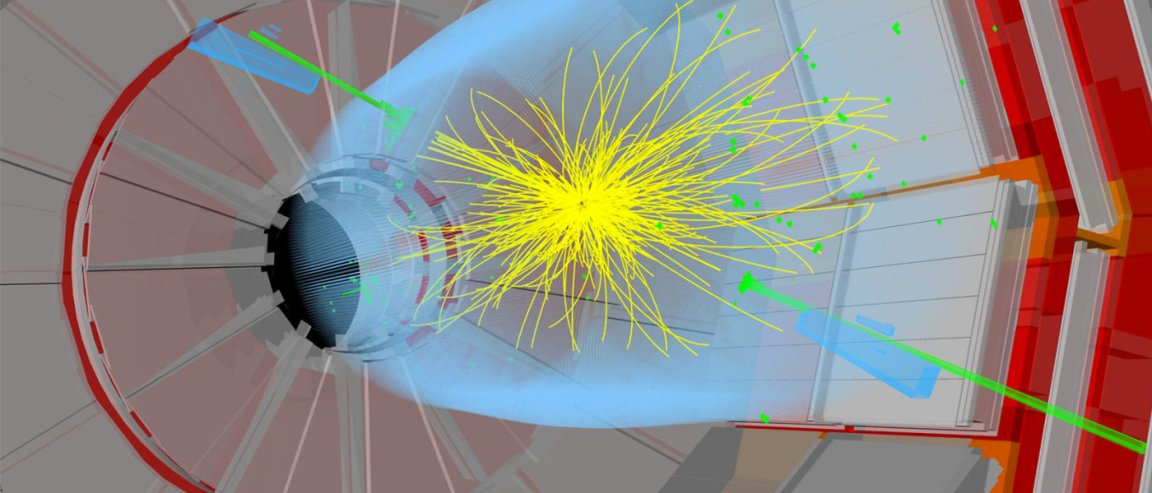
Peep Into Matter
Ever wanted to catch a glimpse of the heart of matter? Want to see for yourself what happens when particles smash together at incomprehensible energies?
With enough time and sufficient computer processing power, you can do just that, now that CERN has dumped about 300 TB of Large Hadron Collider (LHC) data online. It’s completely free, and it’s high quality data too, from the Compact Muon Solenoid (CMS) experiment at the LHC. About a third of the information consists of 2.5 inverse femtobarns (fb-1) from proton collisions, which translates to about 250 trillion particle collisions.
This represents half of the data collected by the experiment in 2011.
The data dump is part of a transparency kick by CERN scientists, designed to inspire the next generation of particle scientists and researchers. “[O]nce we’ve exhausted our exploration of the data, we see no reason not to make them available publicly,” says Kati Lassila-Perini, who works on the CMS experiment.
“The benefits are numerous, from inspiring high-school students to the training of the particle physicists of tomorrow. And personally, as CMS’s data-preservation co-ordinator, this is a crucial part of ensuring the long-term availability of our research data.”

“A Giant Step in the Right Direction”
Of course, assimilating and understanding the information is an entirely different matter.
It’s probably not the sort of information you want to idly scan through on a lazy Sunday afternoon. The data comes in two formats—the “primary datasets,” of the same sort used by CERN scientists themselves, and less imposing “derived datasets,” which are geared somewhat more to the lay audience.
The derived datasets need far less computing power, and can be used at the high school or university level. CERN has even provided a free download of a modeling software based on CernVM, its own in-house software, so that students can more easily analyze the LHC data.
CERN scientists hope making their data publicly available will potentially lead to new discoveries and win the interest and enthusiasm of the very public who fund their research.
“In addition to showing good stewardship of the funding we have received, it also provides a scientific benefit to our field as a whole,” explains Salvatore Rappoccio, a CMS physicist. “While it is a difficult and daunting task with much left to do, the release of CMS data is a giant step in the right direction.”